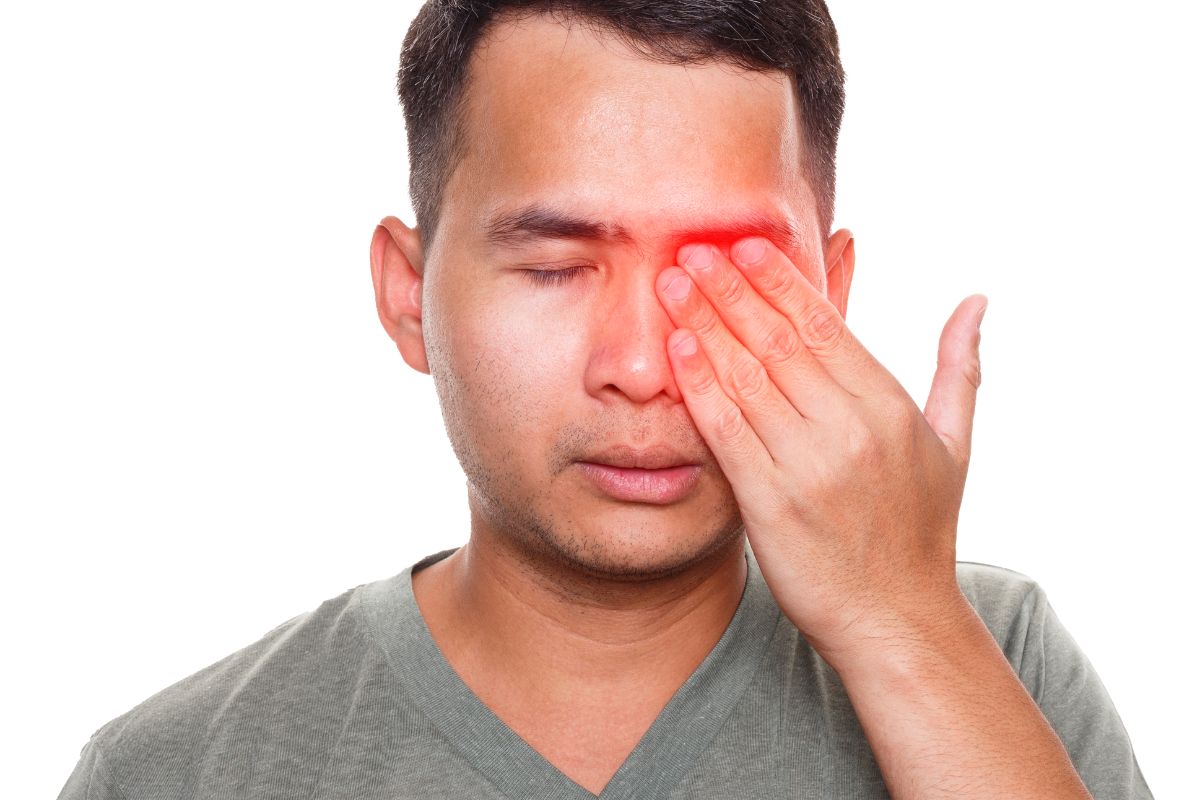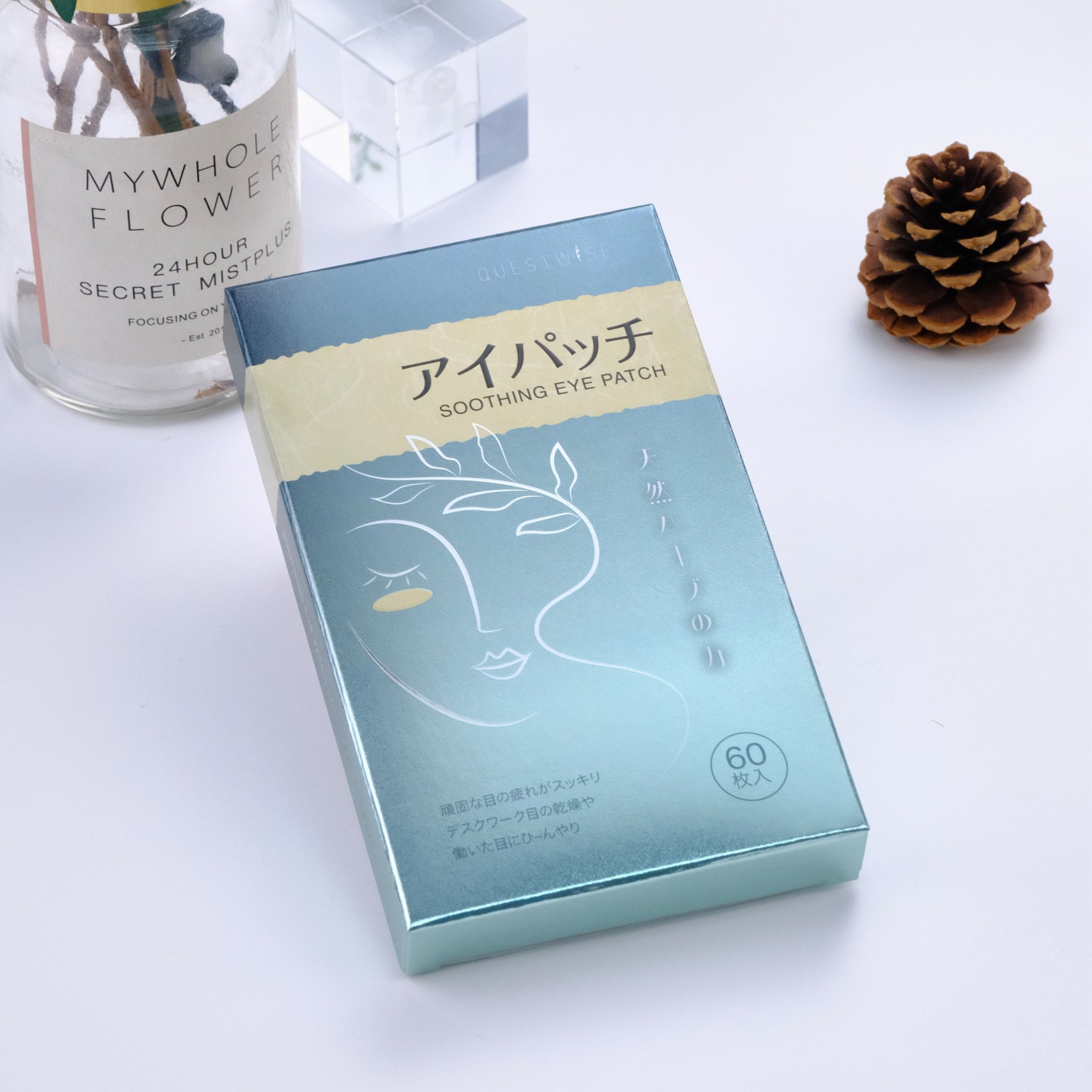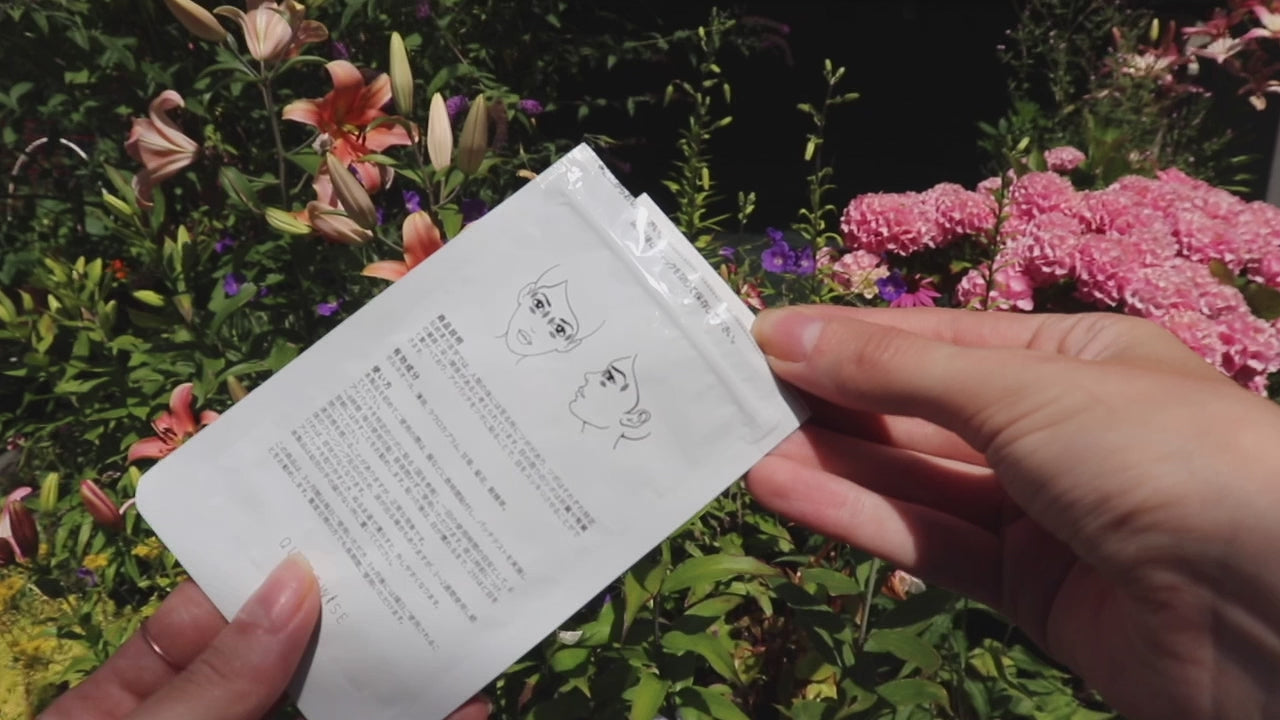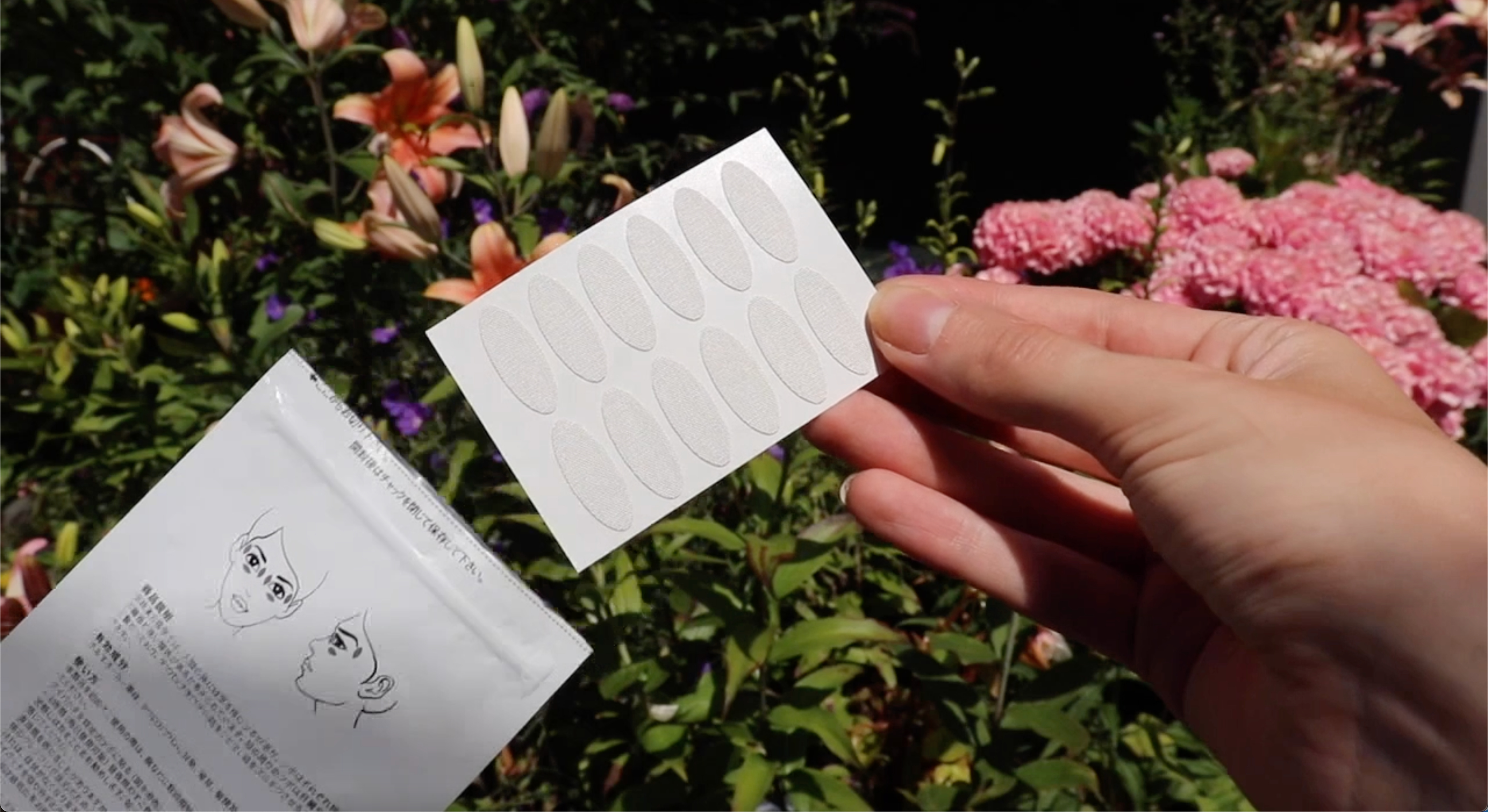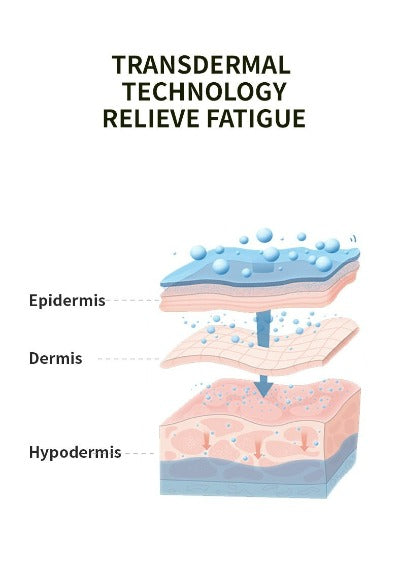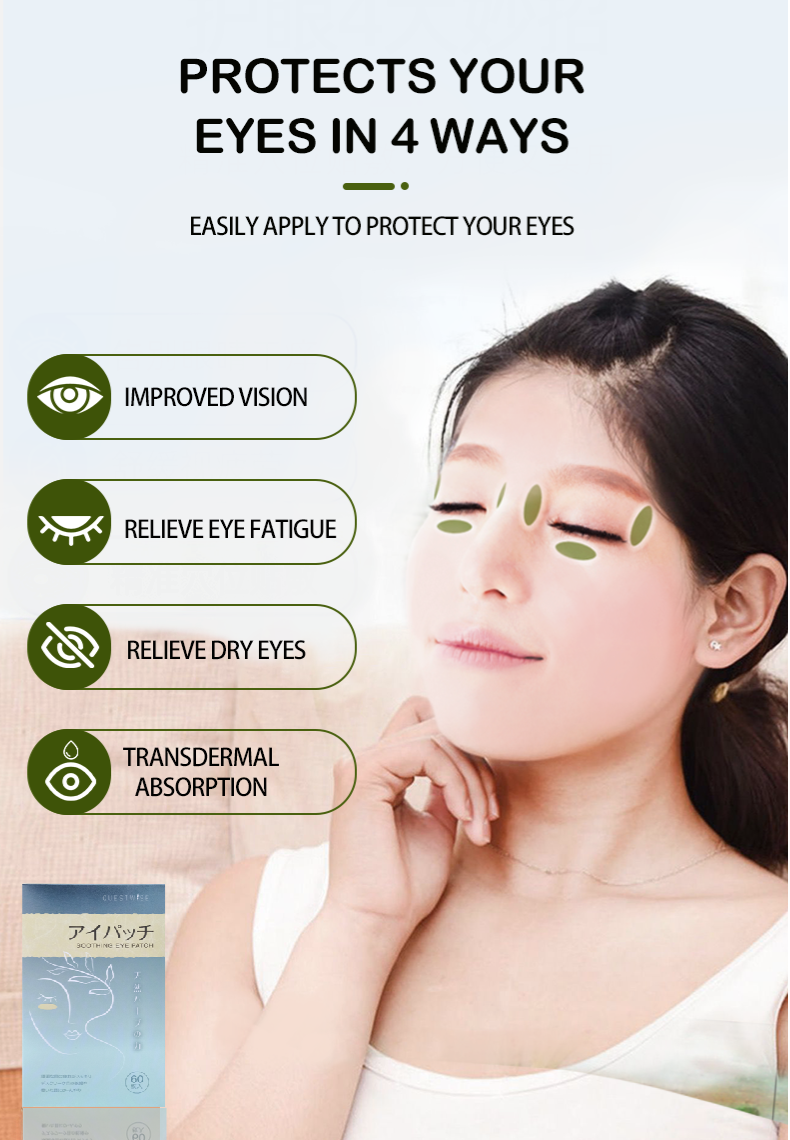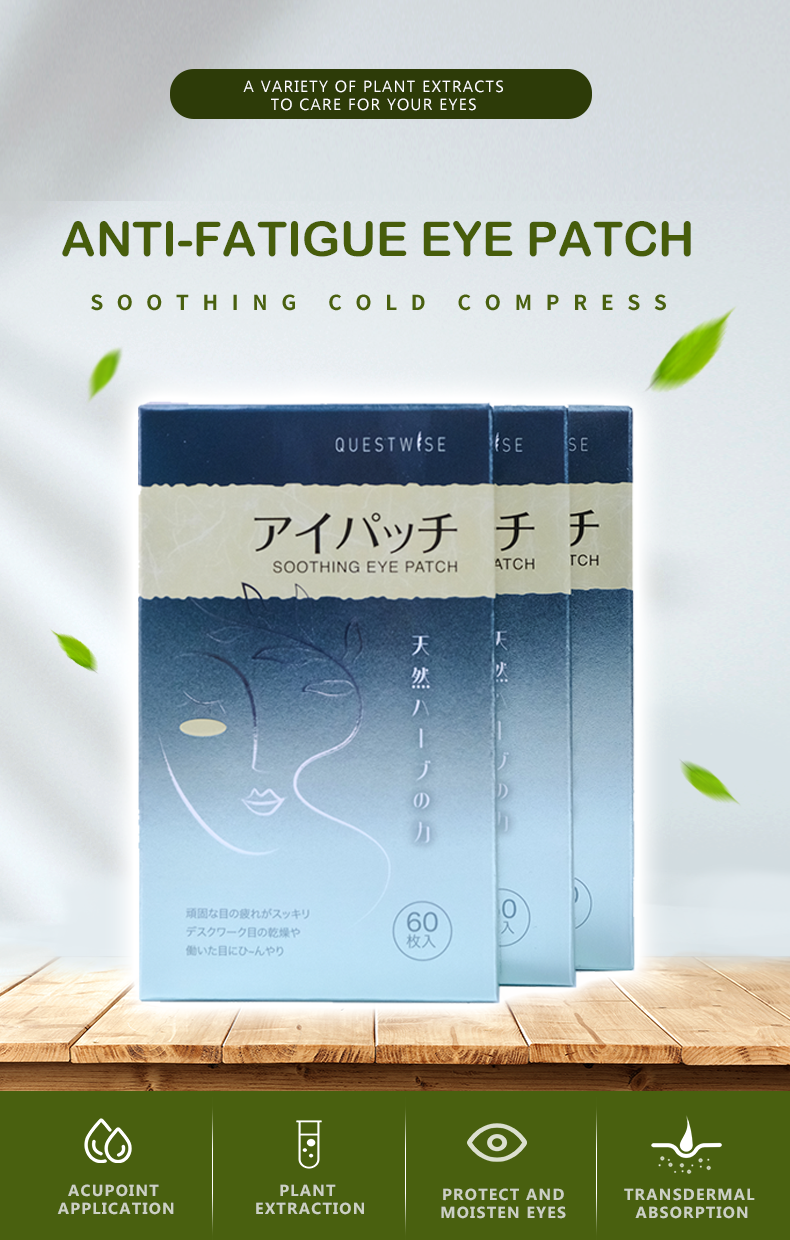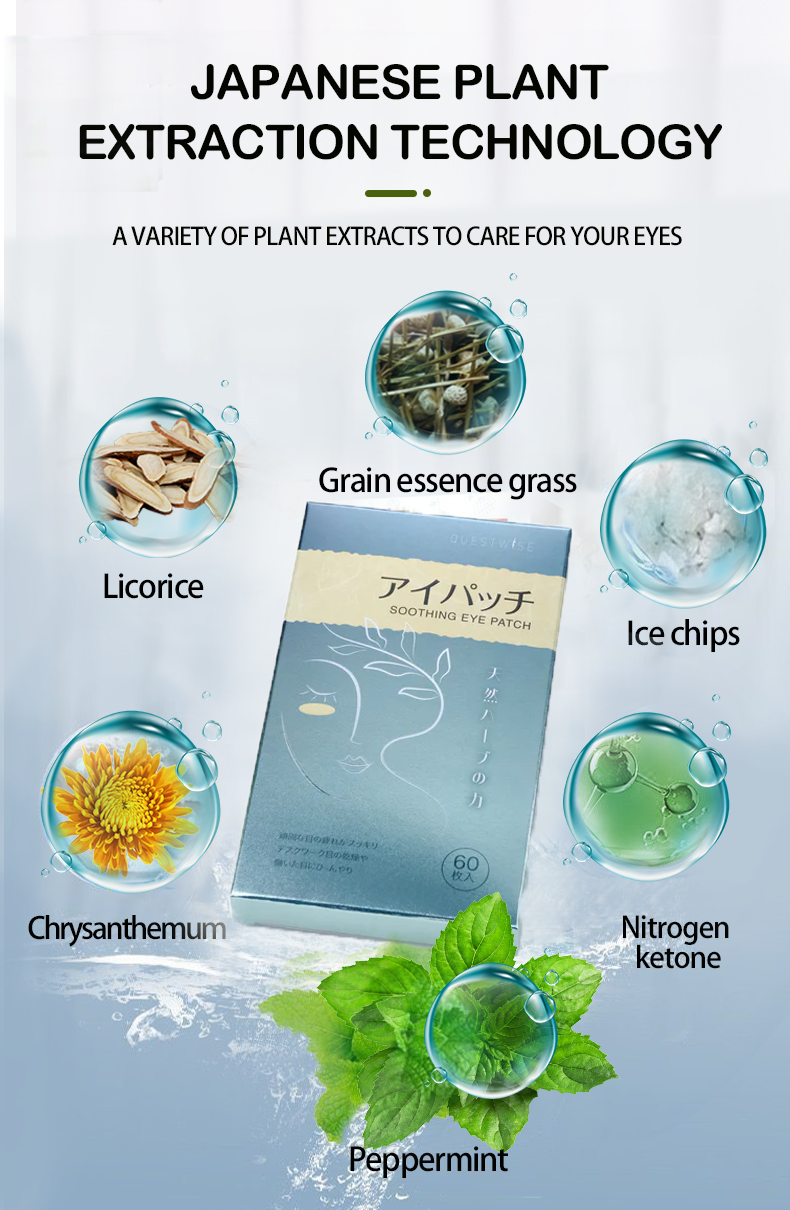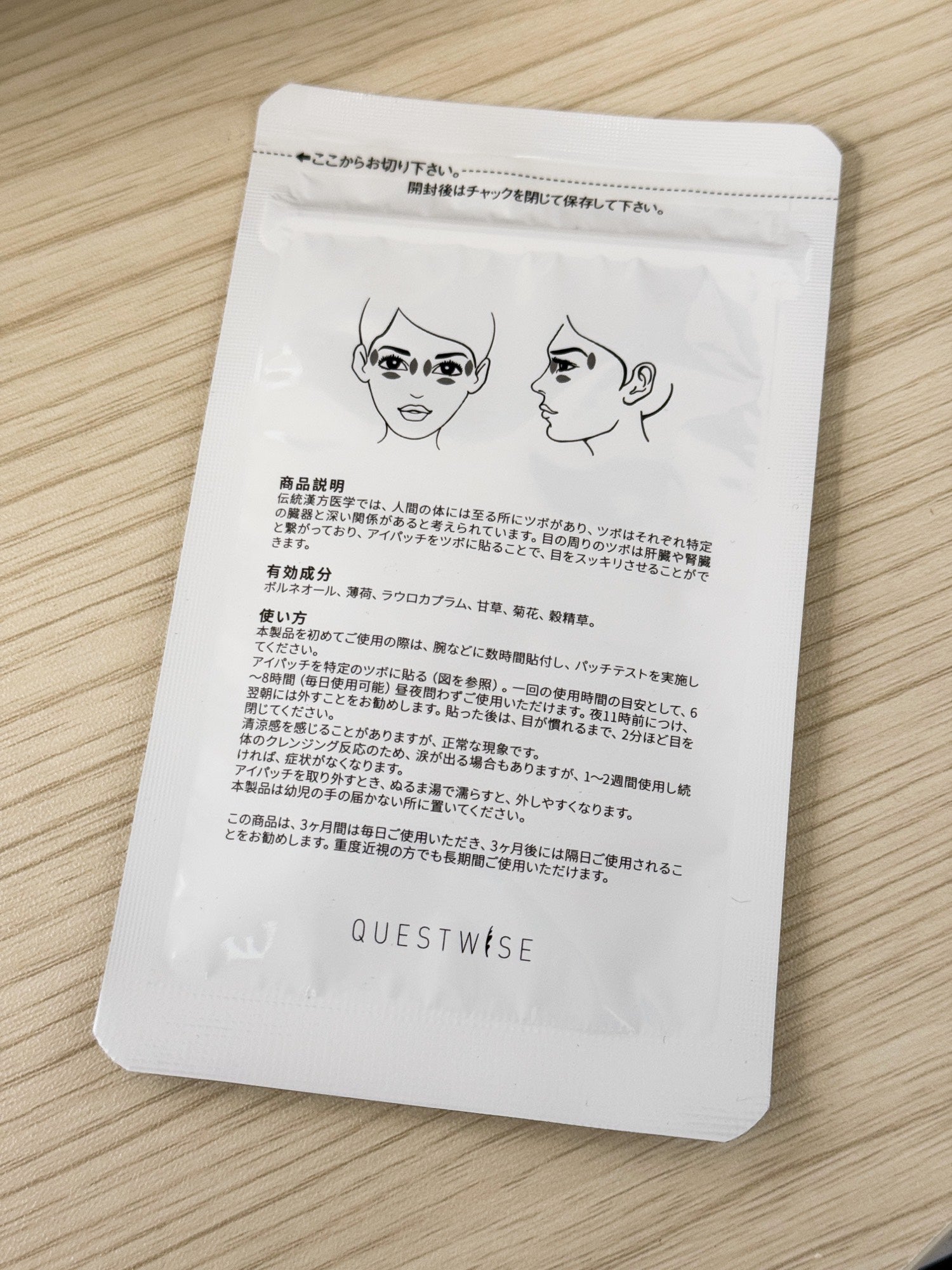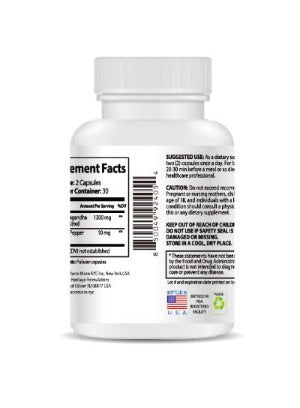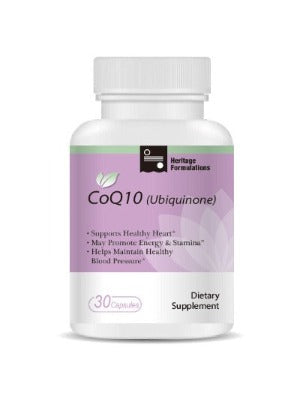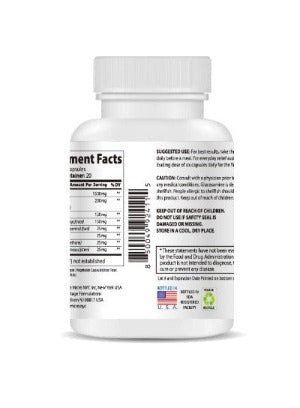Top Causes of Dry Eye Symptoms and How to Prevent Them in 2025
Dry eye symptoms are a prevalent and increasingly concerning issue in our fast-paced, technology-driven world of 2025. Millions of individuals experience the discomfort and visual impairment caused by dry eyes, significantly impacting their quality of life. This comprehensive guide delves into the leading contributors to this pervasive condition, offering practical strategies for prevention and relief, backed by the latest research and insights. We will explore the multifaceted nature of dry eye, examining its various causes, and providing actionable steps to mitigate its effects and improve overall eye health.
Understanding the Nuances of Dry Eye Symptoms
Dry eye symptoms are not a monolithic experience; they manifest in a wide spectrum of discomfort, from mild irritation to severe visual disturbances. Commonly reported symptoms include:
- Burning and stinging sensations
- Itching and gritty feelings
- Redness and inflammation of the eye
- Excessive tearing (a paradoxical reaction to dryness)
- Blurred vision and fluctuating vision clarity
- Eye fatigue and increased sensitivity to light
- Stringy mucus discharge
- A feeling of something being in the eye
- Difficulty wearing contact lenses
- Eyelid irritation
The intensity and combination of these symptoms can vary significantly depending on the underlying causes, individual sensitivities, and the severity of the tear film deficiency. Understanding the nuances of these symptoms is crucial for effective diagnosis and management.
Unraveling the Leading Causes of Dry Eyes in 2025
While dry eye is a complex condition, several key factors contribute significantly to its development and persistence. These causes often intertwine, creating a multifaceted challenge for effective management. Let's examine these key contributors in detail:
1. The Reign of Digital Devices: Digital Eye Strain and Dry Eye
In 2025, our relentless engagement with digital screens—computers, smartphones, tablets, and even smartwatches—has emerged as a dominant cause of dry eye. Prolonged screen use dramatically reduces our blink rate. Blinking is crucial for distributing the tear film across the ocular surface, and reduced blinking leads to inadequate lubrication, resulting in dry eye symptoms. The blue light emitted from these devices can also contribute to eye fatigue and irritation, exacerbating the problem.
2. Environmental Assault: External Factors and Dry Eye
Our environment plays a significant role in the development and worsening of dry eye. Exposure to harsh environmental conditions accelerates tear evaporation, leading to dryness and discomfort. These factors include:
- Wind: Wind directly evaporates tears from the ocular surface, leading to rapid dehydration of the eye.
- Sun and UV Exposure: UV radiation can damage the ocular surface, impacting tear production and quality. This damage can lead to long-term consequences for eye health.
- Air Conditioning and Heating: These systems significantly reduce humidity, creating a dry environment that accelerates tear evaporation.
- Dry Climates: Low humidity environments are particularly challenging for those prone to dry eyes, as the air readily absorbs moisture from the tear film.
- Pollution: Airborne pollutants can irritate the eyes and contribute to inflammation, further compromising tear film stability.
3. The Aging Process: Age-Related Changes and Tear Production
As we age, our bodies undergo physiological changes, and tear production is often affected. The quantity and quality of tears decrease with age, making older individuals more vulnerable to dry eyes. This is a natural process associated with the aging process, but understanding it helps us to take preventative measures.
4. Underlying Medical Conditions: The Silent Influence of Disease
Various medical conditions can subtly but significantly contribute to dry eye. Autoimmune diseases, such as Sjögren's syndrome, are strongly linked to dry eye, often causing severe and persistent symptoms. Other conditions, such as rheumatoid arthritis and lupus, can also impact tear production and quality. These conditions often require specialized medical attention to manage both the underlying disease and its impact on eye health.
5. Medications and Their Side Effects: A Pharmaceutical Consideration
Certain medications, including antihistamines, antidepressants, and some blood pressure medications, list dry eye as a potential side effect. If you experience dry eye and are taking medication, it's essential to discuss this with your doctor. They can assess whether the medication is the cause and explore alternative options if necessary. This is a crucial step in managing dry eye symptoms comprehensively.
6. Contact Lens Wear: A Factor in Dry Eye Development
Contact lenses, while convenient for vision correction, can contribute to dry eye in some individuals. The lenses themselves can impede tear flow and increase evaporation, potentially leading to discomfort and dryness. Proper contact lens care, including cleaning and disinfection, is crucial for minimizing this risk.
7. Blepharitis: Inflammation of the Eyelids
Blepharitis, inflammation of the eyelids, is a common condition that can significantly contribute to dry eye symptoms. This inflammation can affect the glands responsible for producing the oily layer of the tear film, leading to increased evaporation and instability of the tear film.
Proactive Prevention: Strategies to Combat Dry Eye Symptoms
While some causes of dry eye are beyond our control (such as age and certain medical conditions), numerous proactive strategies can significantly reduce the risk and alleviate symptoms. Implementing these habits can make a profound difference in managing dry eye and improving overall eye comfort.
1. Mastering Digital Wellness: The 20-20-20 Rule and More
The 20-20-20 rule remains a cornerstone of digital eye health. Every 20 minutes, look away from your screen at an object 20 feet away for 20 seconds. This simple practice encourages more frequent blinking and reduces digital eye strain. Additionally, consider using blue light filtering glasses to reduce the strain from digital devices. Regular breaks and mindful usage of technology are crucial.
2. Hydration: The Foundation of Eye Health
Adequate hydration is crucial for overall health, including eye health. Drink plenty of water throughout the day to maintain overall bodily hydration and support healthy tear production. Dehydration directly impacts tear film quality and can exacerbate dry eye symptoms.
3. Dietary Choices: Nutritional Support for Eye Health
Incorporate foods rich in omega-3 fatty acids, such as salmon, flaxseed, and chia seeds. Omega-3s have anti-inflammatory properties that can benefit eye health and reduce inflammation associated with dry eye. A balanced diet rich in vitamins and antioxidants also plays a vital role in maintaining healthy ocular surfaces.
4. Environmental Control: Modifying Your Surroundings
Use humidifiers in dry environments to increase moisture in the air. Protect your eyes from wind and sun with sunglasses and eye protection. These measures help to minimize tear evaporation and reduce irritation from environmental factors.
5. Soothing Relief: Introducing Wise Quest Soothing Eye Patches
For targeted relief and soothing comfort, consider incorporating Wise Quest Soothing Eye Patches into your routine. These innovative patches harness the power of traditional Chinese herbal medicine to address eye fatigue, dryness, astringency, redness, and swelling. They promote healthy blood circulation, alleviating discomfort and supporting eye health. The unique blend of herbal ingredients works to reduce inflammation and provide soothing relief. Use them as a complement to your overall dry eye management strategy.

These patches are designed for convenient, at-home use, complementing a holistic approach to dry eye management. They offer a soothing and effective way to address the symptoms of dryness and discomfort.
6. Eyelid Hygiene: Cleaning and Maintaining Eyelid Health
Maintaining good eyelid hygiene is crucial, especially for those prone to blepharitis. Gently cleanse your eyelids with a warm compress and mild cleanser to remove debris and reduce inflammation. This helps in maintaining the health of the meibomian glands, which are responsible for producing the oily layer of the tear film.
7. Artificial Tears: Supplementing Your Natural Tears
Artificial tears can provide temporary relief from dry eye symptoms by supplementing the natural tear film. There are various types of artificial tears available, and your doctor can help you find the best option for your individual needs. Use as directed for optimal benefit.
Conclusion: A Holistic Approach to Dry Eye Management
Dry eye symptoms are a significant concern in 2025, but a proactive approach, incorporating lifestyle adjustments, environmental modifications, and targeted treatments like Wise Quest Soothing Eye Patches, can effectively mitigate the risks and alleviate symptoms. Remember, early intervention and a holistic approach are key to maintaining healthy, comfortable vision throughout the year. By addressing the underlying causes and implementing preventative measures, you can significantly improve your eye health and overall well-being.
Disclaimer: This article provides general information and does not constitute medical advice. Consult with an ophthalmologist or healthcare professional for diagnosis and treatment of dry eye or any other medical condition.

